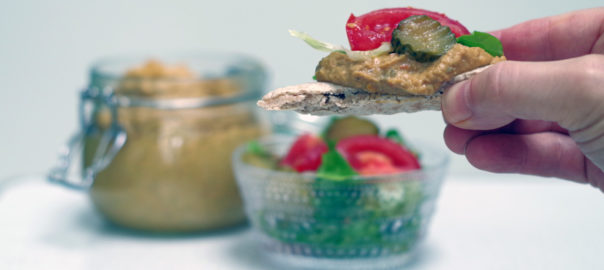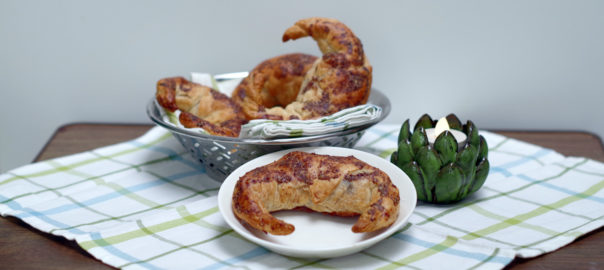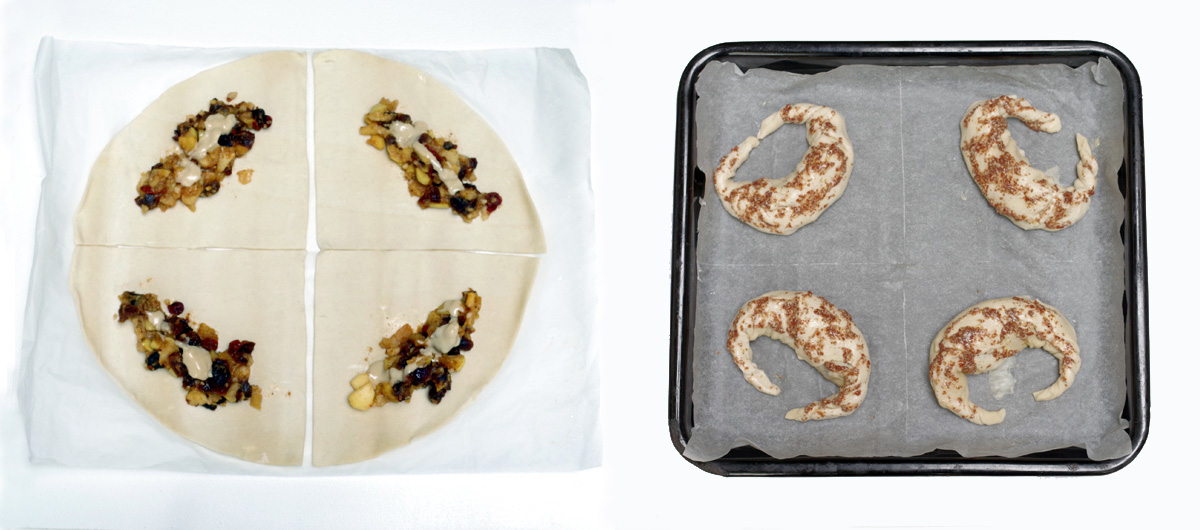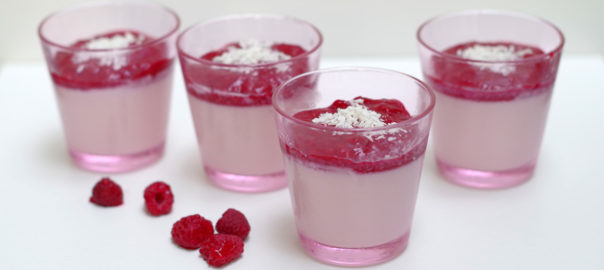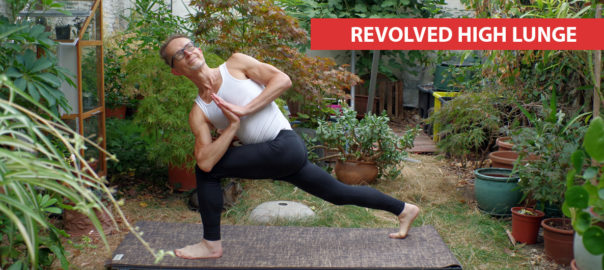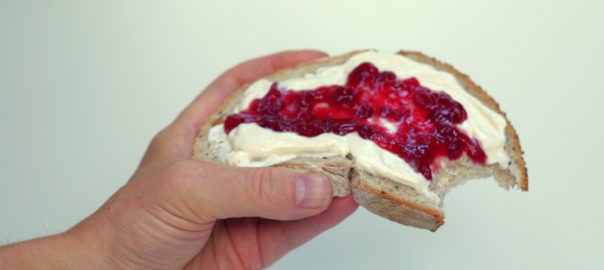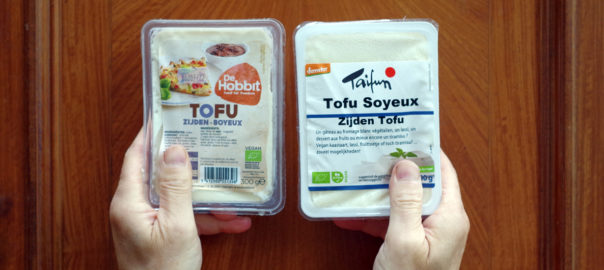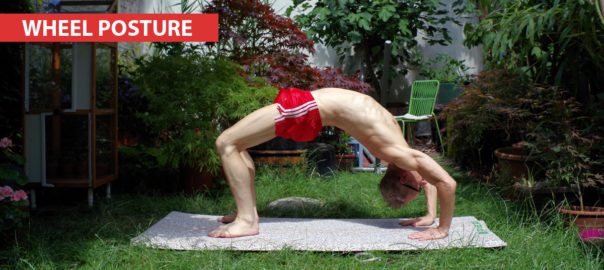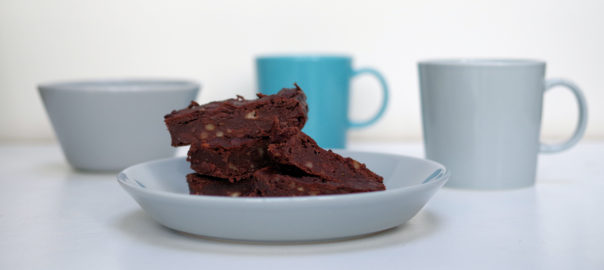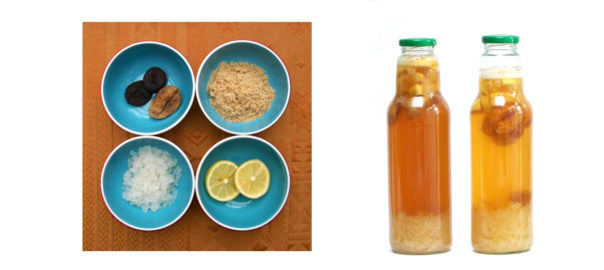Yoga Kitchen – Simple, healthy and plant-based
When beans become spreadable
As a child, I had an aversion to beans. They were white beans, often in an uninspiring tomato sauce, from cans. Fortunately, we didn’t eat them very often.
Things are different now! I eat beans pretty much every day in one or other form.
Beans are an essential ingredient in healthy plant-based cooking.
They contain relatively high amounts of vegetable protein as well as a lot of fibre and useful minerals.
There are countless different varieties, many of them local. In recent years, I have been quite a fan of the multiform and multicoloured Greek beans.
For the recipe below, you can actually use any kind of bean.
I like to start from dry beans. These are very inexpensive in terms of price and you can buy them in bulk.
That’s immediately a lot less packaging waste.
For almost a kilo of bean paste you will need:
- 200 g dried beans
- One large carrot
- A medium-sized onion
- 40 g dried tomatoes
- One clove of garlic (optional)
- Savory, two teaspoons to one tablespoon
- Some seaweed, e.g. a tablespoon of dried sea lettuce
- One teaspoon of the following herbs or spices:
- Thyme
- Origano
- fennel seed
- paprika powder
- turmeric (optional)
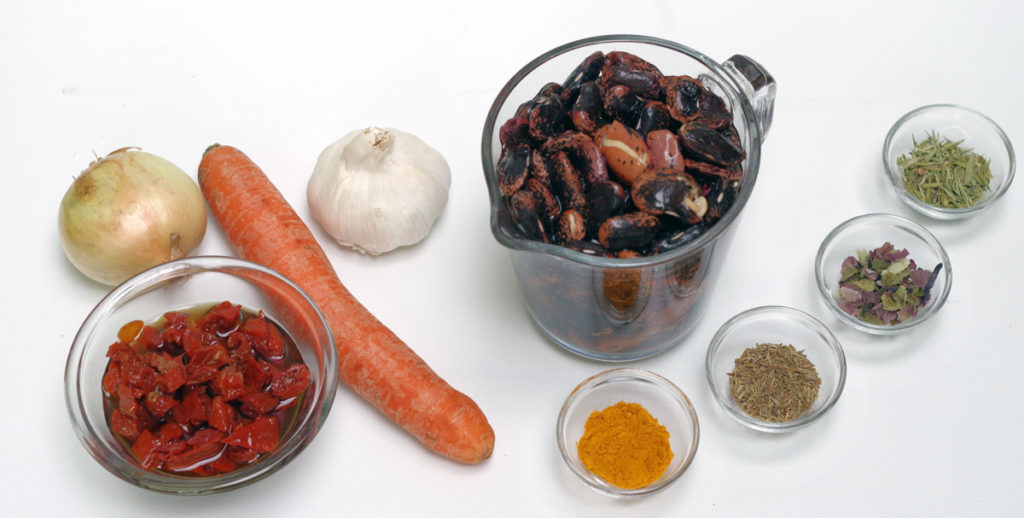
Turmeric gives your bean spread a warmer colour. Turmeric is a spice with a very respectable health reputation; among other things, it has anti-inflammatory properties. Savory is a herb that will improve the digestibility of the cooked beans.
You can of course adapt the suggested spice and herbs mix. Give your creativity full rein.
Preparation
- Soak the dry beans in water for 24 hrs. They will swell and come to life.
- Chop up the dried tomatoes and soak them in a little water too
This is how to cook the beans
- Pour away the soaking water from the beans and briefly rinse them under the tap. Drain briefly.
- Cook the beans until tender. This is best done in a pressure cooker:
- Fully submerge the beans in water (+ 2 to 3 cm) and put the pan under fire. Do not add any salt!
- Bring the water to the boil. Depending on the type of bean, white foam will rise to the surface.
- Remove the foam with a skimmer until almost no foam rises to the top anymore.
- Add 1 teaspoon of savory and 1 teaspoon of dried seaweed (sea lettuce or some other seaweed).
- Now close the pressure cooker, bring under pressure and boil for about 45 minutes.
- Turn off the heat after the cooking time and slowly let the pressure release.
This is how to prepare the vegetables
- Bring a little water to the boil in a pan, sprinkle in the herbs of your choice (e.g. cumin seeds, thyme, oregano, fennel seeds …).
- Add the finely chopped onion and garlic and allow to glaze a little.
- Next, add the finely chopped peeled carrot and the soaked tomatoes, the latter along with their soaking water.
- Let everything continue to simmer together with the lid on for about 3 to 4 minutes.
- Turn off the heat and leave to cool down a little.
This is how to mix everything into bean puree
- Bring the stewed vegetables into a food processor.
- Add the cooked and cooled beans. Keep some of the cooking liquid aside.
- Add two generous tablespoons of sesame paste (tahini).
- Mix, first on low, then on high speed until you get a spreadable, puree-like texture.
- Taste and add extra black pepper, paprika powder and a generous amount of turmeric if necessary or desired.
- Divide the bean spread between two jars of approx 500ml capacity, close them hermetically.
- The bean puree will keep for a week in the fridge.
If the mixture turns out too dry, add a few tablespoons of the beans’ cooking liquid until the consistency feels right to you..
It’s important to cook the beans without salt.
When you cook beans in salted water, their skin hardens, so they tend to take up to twice as long to cook until soft.
In the above recipe, you basically don’t need to add extra salt. After all, most dried tomatoes are salty on their own. That is why we also include the soaking water of the tomatoes in the recipe.
If you doubt whether your dried tomatoes are already salty or not, taste the soaking water before adding them.
The endless variety of legumes
If you do some browsing in organic shops and Asian food supermarkets, you almost fall over backwards with the sheer variety of shapes and colours of beans and lentils. What a far cry from the monotonous “white beans in tomato sauce”. The Greek and Italian regional varieties are particularly striking.
When you eat a combination of a grain and legumes (beans or pulses) every day, that in itself is a solid daily base to meet your protein needs.
If you are an intense athlete, do heavy physical work or dislike legumes, then the more concentrated plant-based protein sources such as tofu, tempeh and seitan are recommended to secure your protein intake.
Are legumes easily digestible?
As with any new type of food food you add to your menu for the first time, it may take a few weeks for your gut flora to adjust. Some flatulence may occur at first.
It is true that legumes, and beans in particular, are coated with certain substances that inhibit premature germination of the bean. These are the famous lectins. These indeed inhibit the digestibility of legumes.
Therefore, use a few simple techniques to virtually eliminate those substances:
- Soak the legumes for at least one night and pour away the soaking water.
- Scoop away the foam that rises to the top at the start of cooking.
- Cook the beans and lentils long enough until they are really well cooked.
- Chew! Chew the beans and lentils long enough before swallowing
For beans, the cooking time will be easily an hour and 15 minutes to as much as an hour and a half in a regular pan. With a pressure cooker, you reduce cooking time to 35 to 45 minutes. A little experimentation pays off!
Can you eat legumes raw?
You can sprout both lentils and beans for a few days in a sprouting jar or sprouting machine. First leave them under water for 24 h, then rinse and keep them moist. Change the water once or twice a day and rinse the sprouts under running water each time.
Sprouted beans and lentils are delicious in salads.

